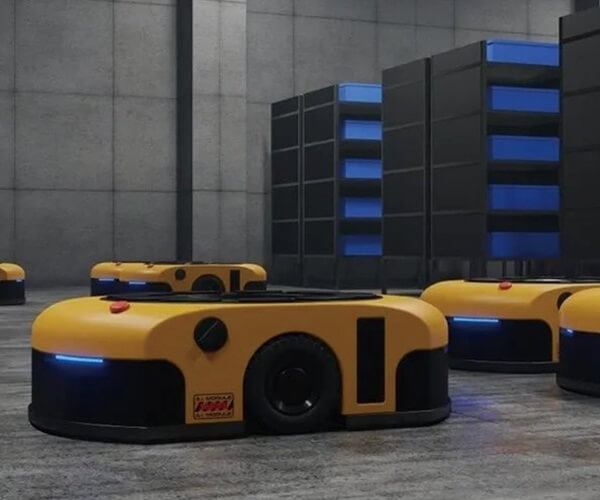Connecting a servo motor to an Arduino is like teaming up with a reliable sidekick—once it's done right, the magic happens. Imagine building a robot arm that faithfully mimics your every command. The thrill comes when those small, seemingly simple wires turn into the brain and muscle of your project. It's more than just plugging in wires; it’s about understanding the flow of power and signals, and making sure everything works in harmony.

Firstly, you’ll want to get familiar with the main components—your servo motor, of course, and the Arduino board. The servo usually has three wires: power (red), ground (black or brown), and signal (white, yellow, or orange). Connecting it is straightforward but precise. Provide the servo with power directly from the Arduino's 5V pin, but be cautious—some servo motors draw more current than the Arduino pin can supply. If that’s the case, a separate power source can save you a lot of headaches.
The signal wire needs to go into one of the Arduino’s PWM pins. These pins send out rapid on-off signals that tell the servo exactly what angle to turn to. But here’s where things get interesting—how does that signal translate into real movement? It’s about pulse widths. Usually, a pulse between 1ms and 2ms, repeated every 20ms, tells the servo to move from 0 to 180 degrees. Adjusting this pulse width changes the position.
Now, imagine you’re just starting out. You might wonder, "Can I get this setup working without fuss?" Absolutely. There are libraries that simplify things—like the well-known Servo library. Just include it, tell the Arduino which pin it's connected to, and call functions like write() or writeMicroseconds() to position the servo.
But here’s a little secret—sometimes, if your servo jitters or doesn't hold position well, it’s more about the power supply than code. Many makers forget that servos can be power-hungry, especially under load. Using an external power source with the ground connected to Arduino helps keep everything stable.
Thinking about questions that pop up… "Will I damage my servo if I connect it wrong?" Yeah, that can happen. Make sure to match the power and ground pins carefully. Actually, some people have had their servos spin wildly because the signal wire was reversed—an easy mistake but avoidable if you're paying attention.
Let’s get a bit into the real-world applications—think robotic arms, camera gimbals, or even tiny automation projects. Once your connection is solid, control becomes almost intuitive—like giving commands to a pet that responds instantly. And the responsiveness depends heavily on your wiring and power setup.
From a practical angle—do you need to calibrate your servo? Sometimes, yes. You might want to set limits or define specific angles to prevent over-rotation. Using tools like potentiometers in conjunction with your Arduino lets you fine-tune positions smoothly.
Picture a typical project: you mount your servo on a frame, connect the wires, upload some code, and suddenly, a hand starts waving or a sensor detects motion. It all begins with that simple connection—power, ground, signal—yet it unlocks all this potential. Balancing these details with a keen eye keeps everything running smoothly.
Connecting a servo to Arduino isn’t just about wiring; it’s about imagining, tweaking, testing, and finally seeing your ideas come alive. It’s this dance of signals and mechanics that turns a simple gadget into a functional masterpiece. Think of each connection as a piece of a puzzle, and once every piece clicks, magic happens.
Established in 2005, Kpower has been dedicated to a professional compact motion unit manufacturer, headquartered in Dongguan, Guangdong Province, China. Leveraging innovations in modular drive technology, Kpower integrates high-performance motors, precision reducers, and multi-protocol control systems to provide efficient and customized smart drive system solutions. Kpower has delivered professional drive system solutions to over 500 enterprise clients globally with products covering various fields such as Smart Home Systems, Automatic Electronics, Robotics, Precision Agriculture, Drones, and Industrial Automation.




































